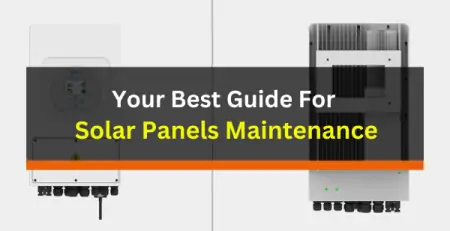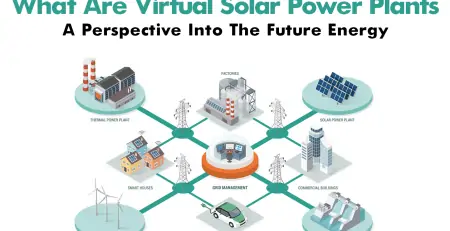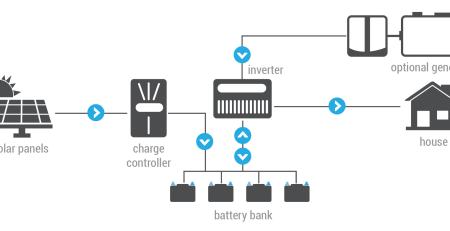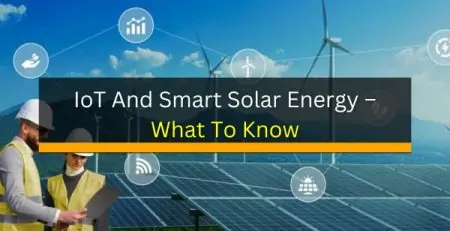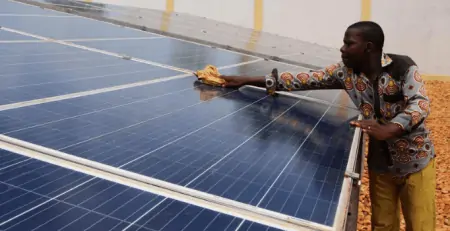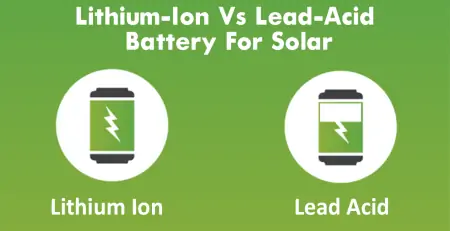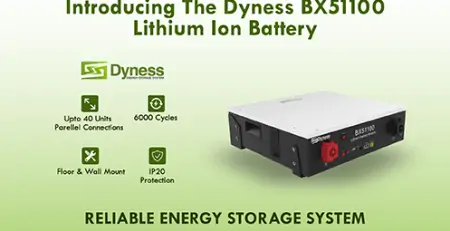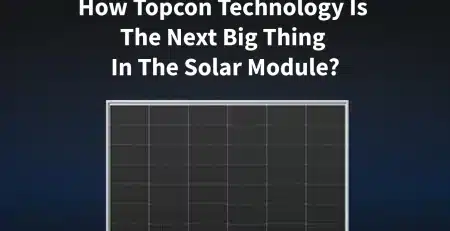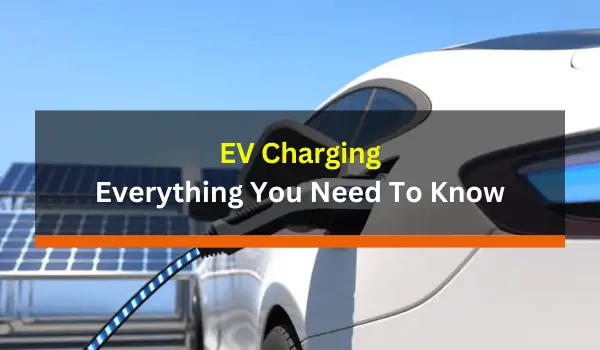
EV Charging: Everything You Need To Know
powernsun2023-08-25T17:10:55+04:00Increasing concerns about the hikes of fuel prices and sustainability of the world spares a strong eye on the EV market. Almost every automaker is introducing a range of electric vehicles, it shows a signal to make the changeover. Now it highlights the importance of EV charging and staying worry-free about running out of charge when driving.
Since electric vehicles (EVs) are considered the way of the future, it is the best time to know everything about EV charging.
EV Charging – Basics To Know
Even though electric vehicles are proving their dominance in the automobile world, yet, there are certain challenges, this includes charging their vehicles. EV charging is typically a process that utilizes EV charging equipment to supply electricity to the battery of the vehicle.
Just similar to any electrical or chargeable devices, electric vehicles too need to keep the battery full to run and this requires an EV charger.
EV Charging
Charging an EV is almost like charging a phone. Here the EV charger pulls the current from the grid and supplies it via a connector to EV. Electricity is stored in a large battery of the vehicle to power the motor of it.
In general, an EV charger is a tool that keeps the battery full and they are available in various forms depending on parameters such as location, charging speed, and charging technology & more.
Basically, there are 3 types of EV charging:
Level 1 Chargers:
Comes with a portable level 1 charger that enables easy plugging into standard 120-volt outlets.
Level 2 Chargers:
These chargers are generally found in public charging stations that use a 208 – 240 volt outlet for supporting higher-powered charging equipment.
Level 3 Chargers or DC Chargers:
These are comparatively faster than level 2 chargers and deliver power directly to the vehicle, whereas the other level 1 and level 2 chargers have to convert the current to a lower power level right before it enters the vehicle. These types of chargers need a 480-volt connection, making DC making it not a relevant choice for home use.
Charging The Vehicles At Home
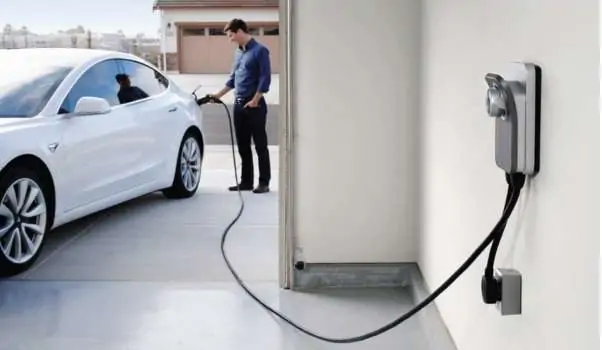
Charging EVs at home is becoming a great way to have complete ownership of EVs and reduces the related stress of charging. There is no doubt that electric vehicles save you from increasing fuel costs, are more economical to maintain, and do not emit toxic gases into the atmosphere. However, the challenge lies in charging them.
But, the good news is with more and more advancements in the EV market, now it is possible to easily charge an EV at home. It offers a higher level of efficiency and convenience over public stations for EV charging and is most affordable as well. Most of the vehicles come with a Level 1 charger. Although they are economical and need minimal effort, the charging is relatively low.
Level 2 chargers are more powerful and people can fill up the battery of vehicles overnight with the benefits of a range of miles added, just by plugging the car in for certain hours.
EV charging at home makes you stay on top of the electric car battery, from the comfort of your home. A home EV charger is a kind of charging equipment designed for home use to charge an electric vehicle. Certain level 2 chargers can be plugged into the nearest 240-volt outlet, whereas others probably need hardwiring of an electrician.
So, how to charge EVs at home? It’s simple! Buy an EV charger based on the battery capacity, install it, and put the connector into the inlet of your EV. Just wait till the charging of the vehicle is finished. Overnight charging probably can serve as the best choice.
Benefits Of EV Chargers
Better for the environment
Electric vehicles do not produce any local emissions. They save the environment from pollution from fossil fuels. EVs can help in reducing global warming, leading the world to sustainability.
Quick charging
EV chargers are quite helpful in achieving fast and efficient charging. Installing an EV charger at home reduces the time being spent at public stations. It typically takes around 20 to 45 minutes for a quick charge or 4-7 hours for full charging (depending on the battery capacity).
Less expensive
Already driving an EV is an appealing choice compared with rising fuel prices. Now it becomes more affordable with an EV charger. With an EV charger, you can keep the cost down as charging an EV costs very low compared with a gasoline car.
Cheaper energy
Get better energy into vehicles during off-peak electricity price periods. Smart EV chargers are increasingly becoming popular that let you know of off-peak periods and they automatically draw energy from the grid during such hours, in general, overnight.
Save Money on EV Charging With Powernsun
The value of EV charger installation enables the freedom to charge at home. Getting started with EV charging may be overwhelming, but not anymore with Powernsun. Take advantage of top rated affordable and green energy with a wide range of EV chargers from leading brands such as Sungrow, Solplanet, SMA, and INVT.
All our EV chargers demonstrate our commitment to accelerate the transition to a green world and we ensure it by presenting a set of smart EV chargers to the world. The robust and reliable EV chargers are equipped with smart monitoring platform, and they can automatically adjust the level of charging, thus avoiding overload. They have the potential to use solar energy in the charging process, making sure we aid the best support towards a sustainable world.
Have questions? Our EV experts can guide you!

